Here at launch control, part of our job is to ensure you’re up-to-date with the latest in cannabis culture and education. With an emphasis on promoting safe and responsible practice, our curated cannabis content is geared towards those willing to explore the unknown.

Dry Bud.
Dry flower refers to plant that has been dried, cured and ready to smoke. Dry flower is used for rolling joints, smoking from a pipe, vaporiser or glass bong. Its the most common way to smoke Cannabis.
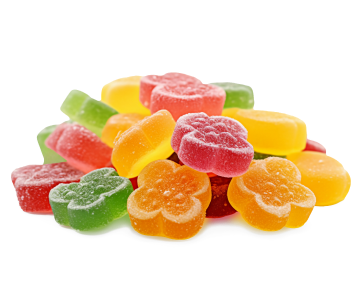
Edibles.
Eating or drinking cannabis provides significantly different effects from delivery methods that immediately enter the bloodstream, such as smoking or vaping. Edibles can be defined as any food that contains cannabis. These products have longer onsets and tend to cause powerful full-body, psychoactive effects.
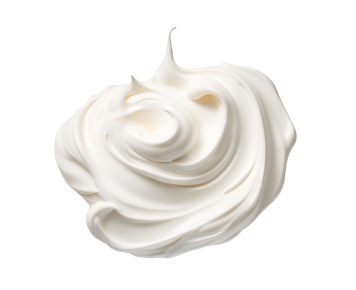
Creams.
Creams allow you to absorb cannabinoids through the skin, where they may provide localized effects for things like pain or muscle soreness. Unlike other consumption methods, you won’t experience any psychoactive effects when using topicals.
Smoking & Inhaling Methods.
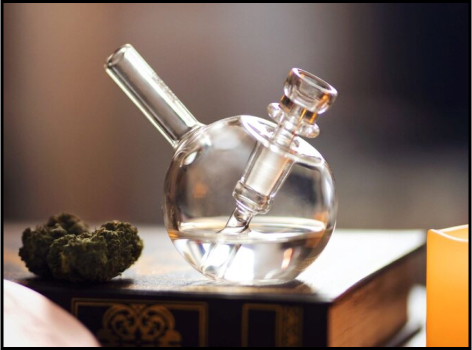
BONGS & WATER PIPES.
Water pipes, including bongs and bubblers, work similarly, but the smoke is filtered through water held in a chamber. The water cools down the smoke, creating a smoother inhalation experience.

JOINTS & BLUNTS.
If pipes aren’t your style, consider joints as an alternative. Joints are created by rolling cannabis into rolling papers — similar to a cannabis cigarette, before lighting one end and inhaling through the other. Blunts are similar to joints, only they use cigar paper instead of rolling papers. Usually, a cigar is hollowed out and the tobacco replaced with weed but you can buy blunt wraps. Blunts are also typically larger and contain more cannabis than joints.

PIPES
Pipes are small, compact, and easy-to-use, making them one of the most popular devices for smoking cannabis. To use a pipe, add the cannabis to the bowl-shaped area at one end (known as “packing a bowl”) and light. Smoke travels through the pipe’s chamber and exits through the mouthpiece, where you in inhale.
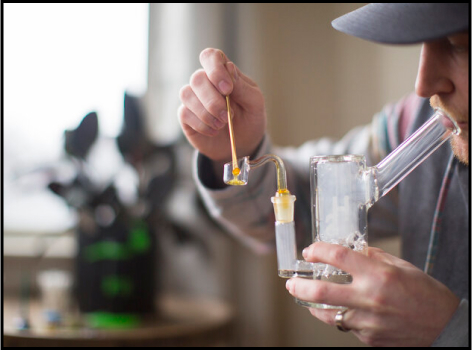
DABBING
Dabbing is a method of vaporizing cannabis concentrate using a dab rig, which entails heating a glass, ceramic, or titanium “nail” and applying the concentrate directly to the hot surface, which turns it into vapor for consumption
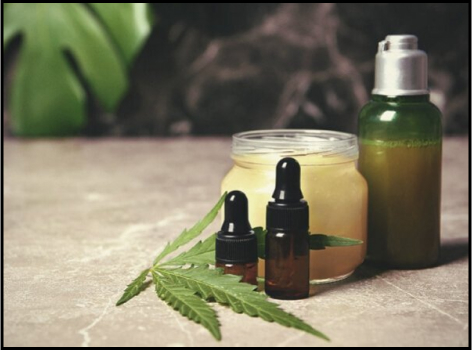
TOPICAL
Topical isn’t exactly a consumption method, but it is a delivery method. Topical products allow you to absorb cannabinoids through the skin, where they may provide localized effects for things like pain or muscle soreness. Unlike other consumption methods, you won’t experience any psychoactive effects when using topicals
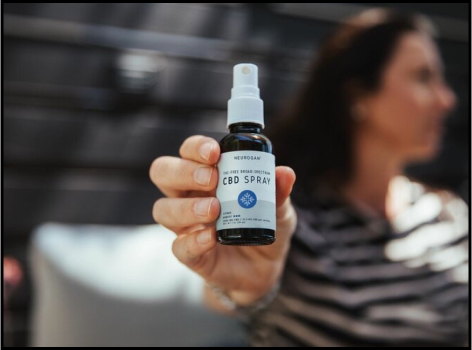
SPRAYS
Cannabis sprays are oil or alcohol-based sprays delivered orally, usually sublingually, to provide a fast-acting dose of cannabinoids, much like traditional tinctures. Sprays are available with different ratios of THC and CBD. Because they come in a variety of “strengths”, they’re popular with beginners and more experienced consumers.

PILLS OR CAPSULES
Also known as cannacaps, THC capsules have become a popular method of ingesting marijuana. THC pills contain marijuana, typically suspended in an oil. The pros of this application make it suitable for people with respiratory issues. It also delivers a accurate dose and can be used to treat multiple illnesses. The con is that the body’s digestive mechanism may interfere with its absorption into the bloodstream.
Because they deliver a steady, predictable dose of THC, they’re considered safer than smoking (remember though, that the timing of the onset of effects can vary, since the cannabinoids have to make their way through the digestive system before they are absorbed into the bloodstream).
There’s no smell, no smoke and they are discreet.
LETS EXPLORE
WHAT IS THC?
A cannabis plant’s THC content is expressed as mg/g or as a percentage of mg per gram. This is often referred to as “potency.” THC is intoxicating and can produce a variety of intended effects. The THC content is indicated on the packaging of all products
Of the more than 100 cannabinoids in the cannabis plant, tetrahydrocannabinol (THC) is the one principally responsible for the psychoactive and intoxicating effects of cannabis consumption.
Live cannabis plants contain tetrahydrocannabinolic acid (THCA), the non-active version of this compound. When cannabis is decarboxylated through heating to a high temperature, drying or curing, the acid molecule (the “A” in THCA) drops off, and the THC is activated. This results in the effects we associate with consuming THC. It also means that cannabis in its fresh form is not yet active with THC.
WHAT IS CBD?
Unlike THC, CBD generally has no intoxicating effect.
CBD interacts with the human Endocannabinoid System by encouraging the release of our own endocannabinoids. As a natural product, the CBD content in a dried flower cannabis product may vary from product to product and lot to lot. Cannabinoids are chemical compounds that are produced naturally in our bodies and in some plants; they’re called endocannabinoids in humans and phytocannabinoids in plants. Cannabidiol (CBD) is the most common cannabinoid in cannabis, and although it can have an effect on both mind and body, it has little to no intoxicating effect. It’s found in the trichomes on the flower of many cannabis strains, including hemp. CBD is extracted from the trichomes and is commonly made available as an oil or in capsule form. It can also be applied topically as a cream or salve, inhaled or ingested in dried flower format, or ingested as an oil or in an edible product
WHAT ARE TERPENES?
Terpenes are fragrant oils found in many types of plants that produce a unique taste and smell.
The tastes and smells of the terpenes in cannabis products have a very diverse range of aromas. Strains can produce a terpene profile that is earthy, woodsy, herbal, spicy, diesel or cheesy, all the way to citrusy or sweet.
Why are Terpenes Important?
We all have individual preferences for smells and tastes, so knowing the terpene profile of a cannabis product can help you choose one with a scent and flavour profile you’d most likely prefer.
